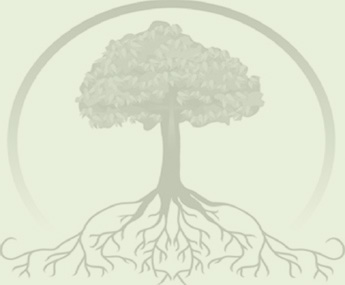Bereavement
Indigenous Grief & Loss
Grief and loss associated with suicide death within Indigenous families and communities is complex and complicated because it is usually associated with high levels of trauma and paralysing fear and distress. Yet a suicide death is not just about the fear, trauma and distress, but is a lived experience both physically and existentially within the Indigenous culture. Suicide within an Indigenous cultural context is less about the individual and more about the collective community in which the individual lives and dies. Strengthening families to grieve safely reducing the risk of further loss is one aim of postvention.
Grief and loss has spiritual significance and how we support Indigenous families to attend to the rituals of bereavement and rememberance of the loved one can determine the impact of the loss. Much of the vulnerability in relation to the suicide death can be ameliorated by careful consideration of the Christian religious and the traditional Indigenous ceremonies. Pastoral care from a Priest, Religious, Deacon, Chaplain or Indigenous Pastoral Elder in the immediate aftermath is essential, with Aboriginal grief cousellors, Aboriginal Health (Mental) Workers and helpers from within the community essential in providing cultural insight and spiritual healing.
> Read more about the Postvention Model
> Read more about Indigenous Suicide Containment Model
Articles
